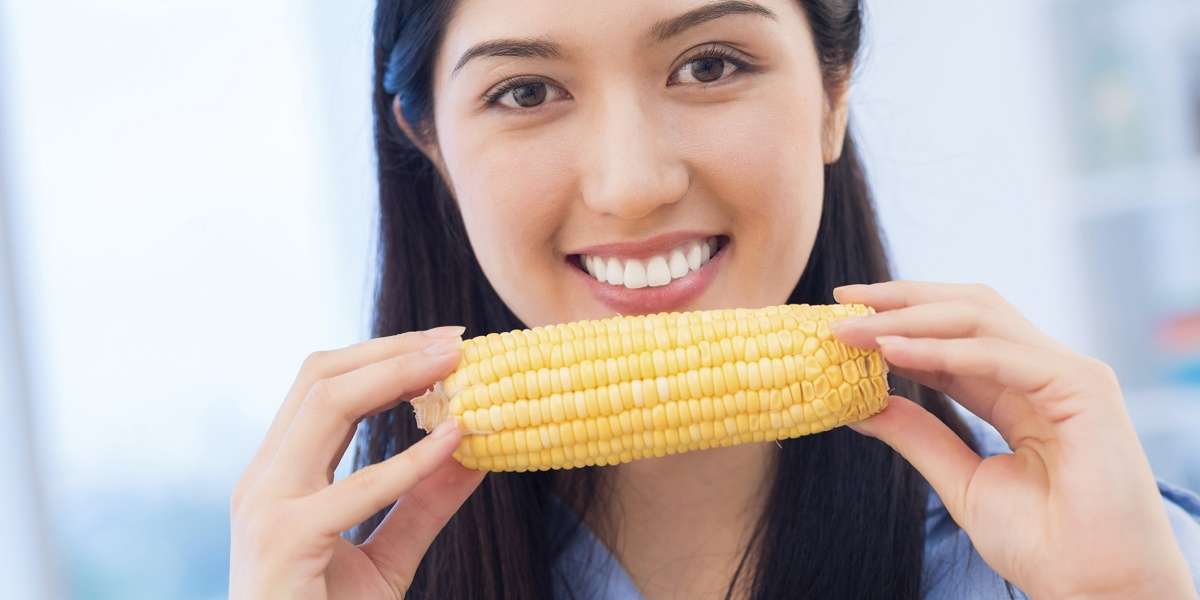In A Nutshell
Beginning in the early 1700s, the folklore of eastern Europe was filled with stories of vampires, the undead creatures of the night sucking the blood of the living. Most dismiss these as fanciful legends, but science has since demonstrated that a very real wasting disease is behind the vampire tales. And the root cause of the dread disease is something seemingly harmless: eating corn.
The Whole Bushel
Corn, or maize, is a crop native to the New World. Beginning with Christopher Columbus in 1492, European explorers in the early 16th century brought corn back home where it soon caught on as a calorie-rich staple among poor peasants. This was because corn was cheap and had much higher yields per hectare than wheat, rye, or barley. Soon it supplanted these crops as the dominant energy source among the lower classes, especially in Italy and Eastern Europe. Cornmeal was the daily peasant fare, known as polenta in Italy, palenta in Serbia, kachamak in Bulgaria, and mamaliga in Romania.
But wherever corn became the staple, there followed a horrifying disease that afflicted its victims with a helping of triple-D: dermatitis, diarrhea, and dementia. If left untreated, it killed within four or five years.
It became endemic in northern Italy, and became known as pelle agra (“sour skin”), hence the medical term “pellagra.” Sufferers became hypersensitive to sunlight, which turned the exposed skin shiny and scaly. They displayed anxiety and unjustified aggression, the first manifestations of dementia. In between were periods of depression when the afflicted sought to hide away from social contact. Insomnia was a classic symptom and made the victim nocturnal. The dermatitis made the skin pale, paper-thin, and parchment-like, and the lips red and cracked. The diarrhea caused the person to refuse food, setting the stage for anorexia and an emaciated look. Often the stomach bleeds, and the victim could only digest blood. In describing a victim of pellagra, we are also describing the characteristics of a vampire.
The word “vampire” first entered the English language in 1734, a year before pellagra was first described by a Spanish physician named Casal, who suspected that corn had something to do with it. Pellagra often struck in the spring when new crops were not yet harvested, and peasants had to depend exclusively on cornmeal for subsistence. It was on St. George’s Day in late April or early May when tradition says that vampires gathered to plan their attacks on villagers. Two telltale signs of an exhumed vampire are “a red face marked with fresh blood” and “a ring of cornmeal around the mouth of the deceased.” Corn, pellagra, and tales of vampirism seemed to be links in a causal chain.
But what is the association between pellagra and corn? At first, it was suspected that a toxin in the corn was the culprit. Yet in the Americas, where corn originated, it was noted that people were remarkably free from the disease. The puzzle was solved when the method used by natives of Mexico to prepare corn was taken into account. Aztecs and other indigenous people first soaked the corn in limewater before turning them into tortillas.
The alkaline solution liberated the bound niacin (Vitamin B3) and the amino-acid tryptophan (from which niacin can be formed) from the corn, making both digestible. Some added beans, which contain niacin, to the maize. But Europeans were ignorant of this crucial procedure, resulting in niacin deficiency in those consuming corn as a staple. Pellagra is a slow, agonizing niacin-deficiency disease.
With modern nutritional knowledge, pellagra is fortunately rare today. We can enjoy our tortillas, popcorn, and cornflakes without ever worrying that we might turn into a vampire.
Show Me The Proof
European Food Information Council: The origins of maize
Untamed Science: The Legend of Vampires
The Trinidad Guardian: Of vampires and corn












